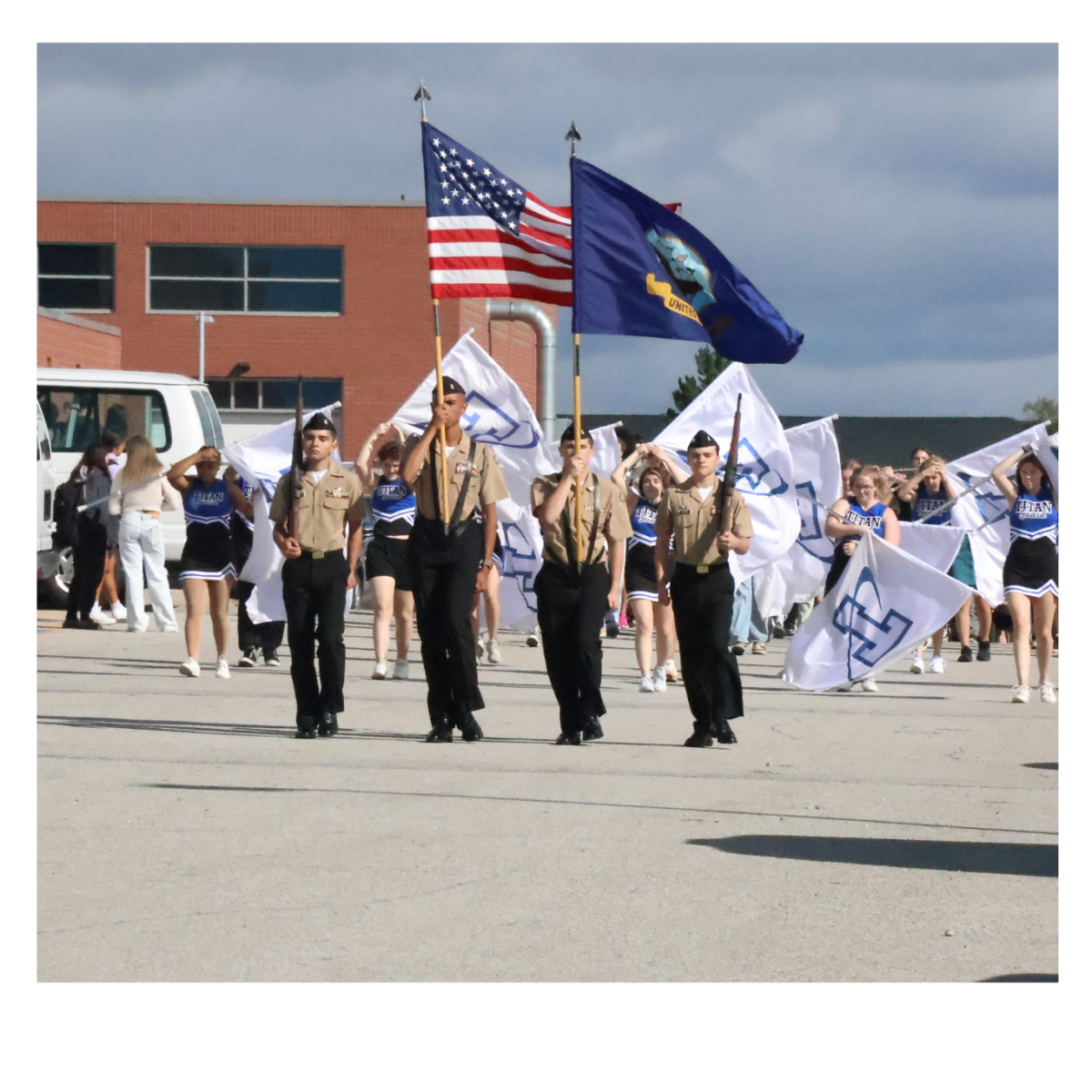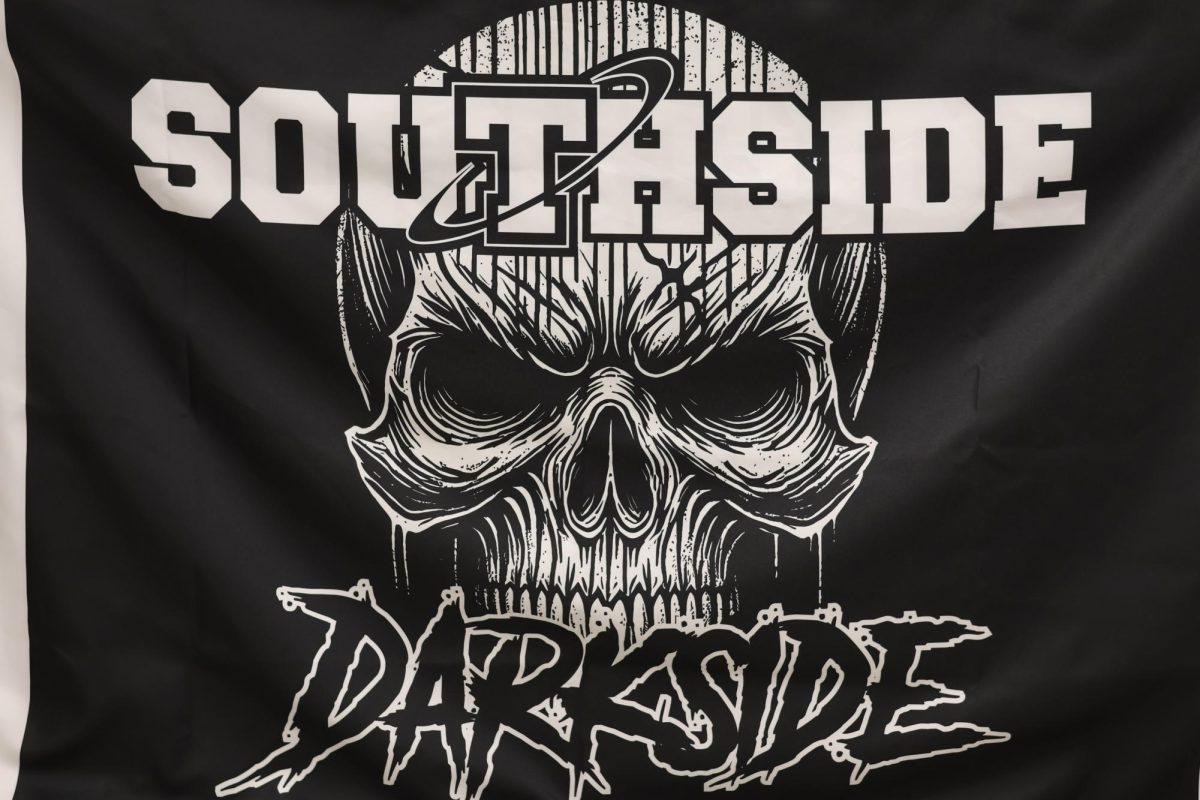 “All Boys Aren’t Blue” is a memoir written by George M Johnson, a queer Black man. In the few years since its release, the book has been under fire, being banned by schools across the country. Even our district put this book through the review process for a potential ban, although it was eventually decided that the book would be kept. All of this ended up piquing my interest, so I decided it was time to find some answers and give it a read.
“All Boys Aren’t Blue” is a memoir written by George M Johnson, a queer Black man. In the few years since its release, the book has been under fire, being banned by schools across the country. Even our district put this book through the review process for a potential ban, although it was eventually decided that the book would be kept. All of this ended up piquing my interest, so I decided it was time to find some answers and give it a read.
Right off the bat, the author’s note addresses everything that made the book so controversial, from its use of profanity to the explicit scenes. He even talks about why he chose to include those scenes: because they’re real. Everything he writes about happened to him growing up Black and queer, an authentic part of his experiences in his youth. Despite how awkward or uncomfortable some of those scenes may be, they’re things that happened to him and experiences shared by many teens.
 While the controversy may have been what initially caught my attention, what kept me reading was how real it all felt. With every chapter, I felt like I got to know George as a person, frequently relating to his experiences. Everything he talked about was raw and personal. Some made me smile and laugh, some made me want to cry, but all of it made me feel.
While the controversy may have been what initially caught my attention, what kept me reading was how real it all felt. With every chapter, I felt like I got to know George as a person, frequently relating to his experiences. Everything he talked about was raw and personal. Some made me smile and laugh, some made me want to cry, but all of it made me feel.
One of the things that made this book unique to me was how every chapter ended with a solution or another way to look at the struggles presented in the story. These sections managed to put words to things I’ve struggled to explain my whole life like microaggressions and their effects on marginalized communities. Hearing someone talk so openly about the things I’ve struggled with but never been able to talk about made me feel valid and heard. I have a feeling that many Black teens who read this book will feel the same.
 Another thing that the book does wonderfully is providing value for someone who isn’t Black or a part of the LGBTQIA+ community. While people who are a part of those communities can find validation and comfort in those shared experiences, others can find a valuable resource to help understand and be mindful of the experiences of marginalized communities. I’ve always believed that the main cause of racism, homophobia, and other such issues isn’t malice but a lack of understanding. Books like these are helping to build understanding between different communities.
Another thing that the book does wonderfully is providing value for someone who isn’t Black or a part of the LGBTQIA+ community. While people who are a part of those communities can find validation and comfort in those shared experiences, others can find a valuable resource to help understand and be mindful of the experiences of marginalized communities. I’ve always believed that the main cause of racism, homophobia, and other such issues isn’t malice but a lack of understanding. Books like these are helping to build understanding between different communities.
The thing about connecting different communities and just growing up is that we have to be willing to have uncomfortable conversations. As much as that may bother some people, this  book didn’t shy away from talking about those uncomfortable experiences. The most controversial of these coming-of-age topics discussed is the infamous sex scene. I can’t do a review of this book without mentioning the elephant in the pages, so it’s time to address the scenes that were blamed for the banning of this book.
book didn’t shy away from talking about those uncomfortable experiences. The most controversial of these coming-of-age topics discussed is the infamous sex scene. I can’t do a review of this book without mentioning the elephant in the pages, so it’s time to address the scenes that were blamed for the banning of this book.
Sexually explicit scenes have always been a touchy subject in high school literature, with some adamantly against it and others unbothered. Some parents are worried about their children being exposed to such things before we’re ready, but the fact of the matter is that we’re at that age where exposure to such things is unavoidable, especially with the internet. Some of us are even beginning to experiment ourselves, as uncomfortable as that may be to talk about.
This brings us back to the more graphic scenes in the book. All of them took place when the author was a teen or young adult. It’s an unavoidable part of growing up. Not to mention the scenes weren’t focused around the act itself, but rather on the importance of sex education in order to keep people, especially those in more vulnerable communities, safe as they begin to  explore.
explore.
The nicest thing about stuff like this is that you’re not forced to read the scenes if you’re uncomfortable. As we grow up, we all move at different paces, so we can choose to skip anything that we’re not ready for yet. At the end of the day, the scene itself can be skipped and the message can still be received.
When I think of “All Boys Aren’t Blue,” I see it as the kind of book that will be a required read in 50 years or so. The lessons it teaches may be uncomfortable at times, but they’re all valuable and necessary. It’s a comforting “I understand” to Black queer kids across the country and a lesson in accepting people’s differences for everyone else who reads it. It’s powerful, raw, and a beacon of hope and courage for marginalized communities.
Even if everyone’s not there yet, there’s always someone who will see you for you and love you unconditionally, and I think that’s what the book is really about. I hear you. I see you. Be bold. Be brave. Be you.


![Pictured above is a structure that displays the names of Nebraska Vietnam veterans in order to “honor [their] courage, sacrifice and devotion to duty and country.”](https://plsouthsidescroll.com/wp-content/uploads/2025/10/Trey_092625_0014-e1760030641144-1200x490.jpg)























